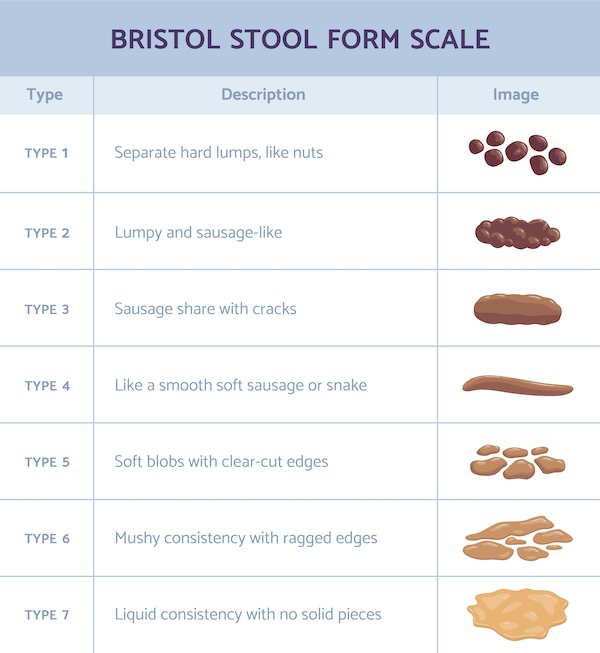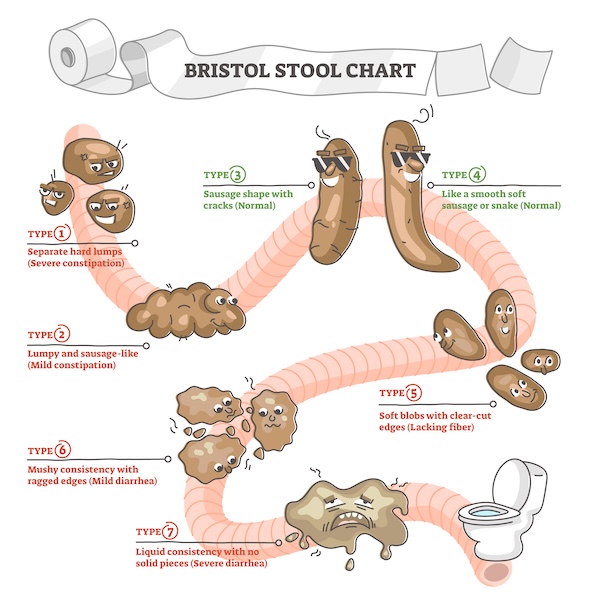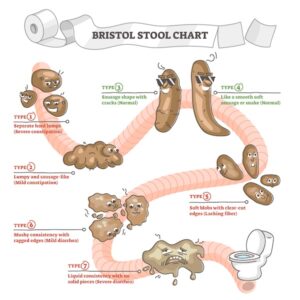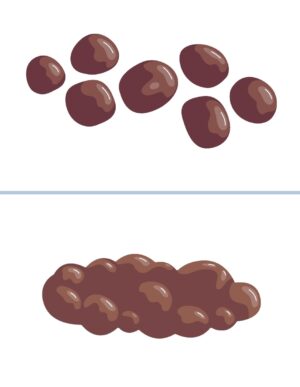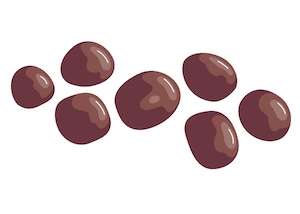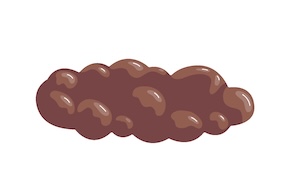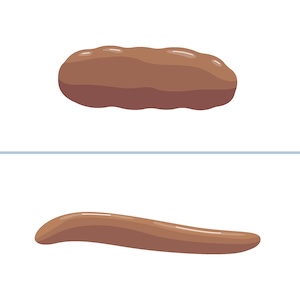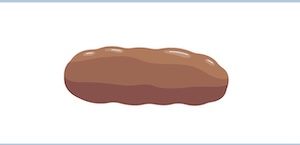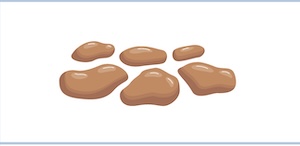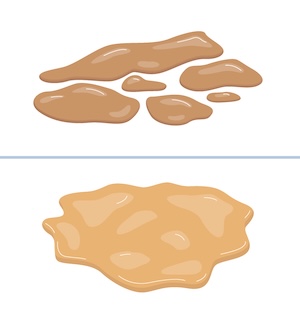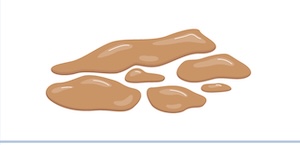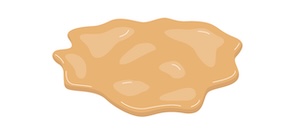Understanding the Colon's Vital Role
The Essential Function of the Colon in Health
Explore how the colon supports digestion, nutrient absorption, and waste elimination, crucial for maintaining overall wellness.
The Colon's Role in Digestion
How the Colon Processes Waste
Self-Cleaning Mechanism
The Colon's Natural Cleansing Process
The colon is a vital component of the large intestine, strategically located between the small intestine and the anus. A healthy colon typically measures about two inches in diameter and ranges from five to six feet in length, filling much of the lower body cavity. This U-shaped organ is divided into four sections: the ascending colon, transverse colon, descending colon, and sigmoid colon. Its main function is to reclaim water from the food we digest, absorb essential nutrients, and create a nurturing environment for beneficial bacteria that facilitate digestion and other crucial bodily functions.
Water and Nutrient Absorption
The Colon's Role in Hydration and Nutrient Balance
The colon plays a pivotal role in maintaining the body’s hydration and nutrient equilibrium. As digested food passes from the small intestine into the colon, this vital organ absorbs water, salt, and essential nutrients, ensuring that the body remains hydrated and balanced. This process not only helps in maintaining fluid levels but also supports overall health by regulating the body’s electrolyte balance, which is crucial for various bodily functions.
Natural Cleansing Efficiency
Hydration and Fiber for a Healthy Colon
Achieving a natural colon cleanse can be as simple as incorporating certain lifestyle habits into your daily routine. Staying adequately hydrated is crucial, as water helps to soften stool and promote regular bowel movements. Aim to drink at least eight glasses of water a day to support your digestive system. Additionally, a diet rich in fiber is essential for maintaining colon health. Fiber adds bulk to the stool, aiding in its passage through the digestive tract. Include plenty of fruits, vegetables, whole grains, and legumes in your diet to ensure sufficient fiber intake.
Assess Your Stools For Better Wellbeing
Understanding the Bristol Stool Chart is an essential part of maintaining digestive health and recognizing what your body is telling you. This simple yet effective tool categorizes stool types, providing valuable insights into your gastrointestinal wellness. Each type describes the texture and shape of stools, revealing crucial information about your digestion.
In conclusion, the Bristol Stool Chart is not just about numbers or shapes—it’s about understanding your body and the vital clues it provides. By familiarizing yourself with these types, you empower yourself to make informed decisions about your health and well-being. Embrace this knowledge as a step towards a healthier digestive system, and remember, your body is always trying to tell you something. Listen closely.

